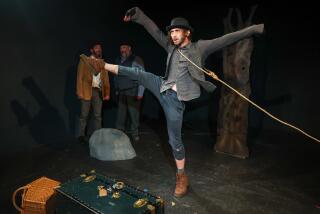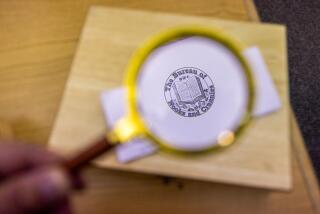Haunted forest-dwelling witch of âCabinet of Curiositiesâ is creepy -- naturally
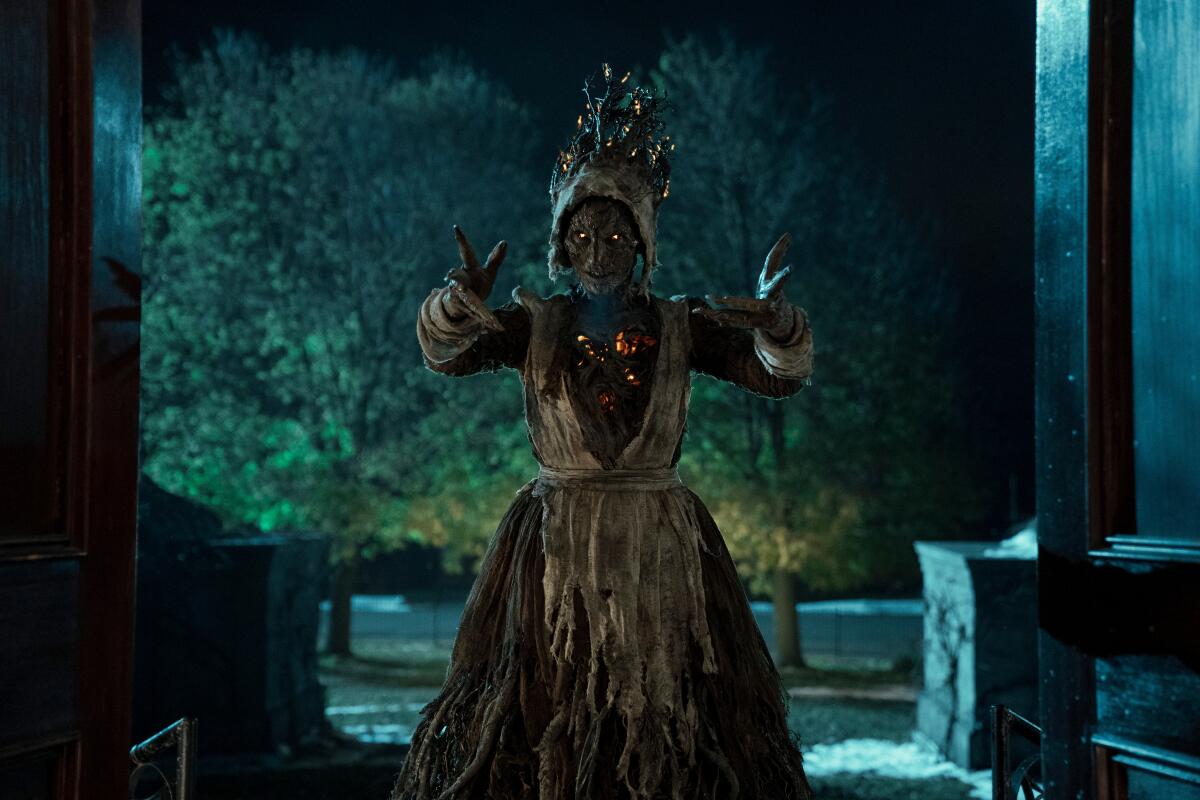
When it came time to choose an episode to submit for Emmy consideration, âGuillermo del Toroâs Cabinet of Curiositiesâ costume designer Luis Sequeira was undecided.
âI was torn,â Sequeira tells The Envelope. âI really wanted to do the contemporary one, âThe Outside,â because I felt that has a kind of twist on contemporary modern [style]. But when discussing it with producers, we decided to go with âWitch Houseâ and the incredible work that was put into this witch costume.â
In âDreams in the Witch House,â a boy anguished over the death of his sister grows up to be a spiritualist, played by Rupert Grint, who uses a strange elixir to be reunited with her in the afterlife. His pursuit leads him to a haunted forest and a witchâs house, where he rents a room, only to be haunted by the former occupant. The episode earned an Emmy nomination for Sequeira.
Initially, Sequeira and his team anticipated providing an apron for the witch and leaving the rest to the visual effects team. Instead, they learned that the characterâs appearance was to be mostly a practical effect, not digital.
âUltimately, the inner part of the witch is not a costume thing, itâs visual effects and the same thing with the embers in her hair,â Sequeira says of combining effects and practical elements. Handcrafted branches formed the bottom of the costume, which was needed for master shots. Moving the branches slightly higher enabled better movement for running and stunt sequences.
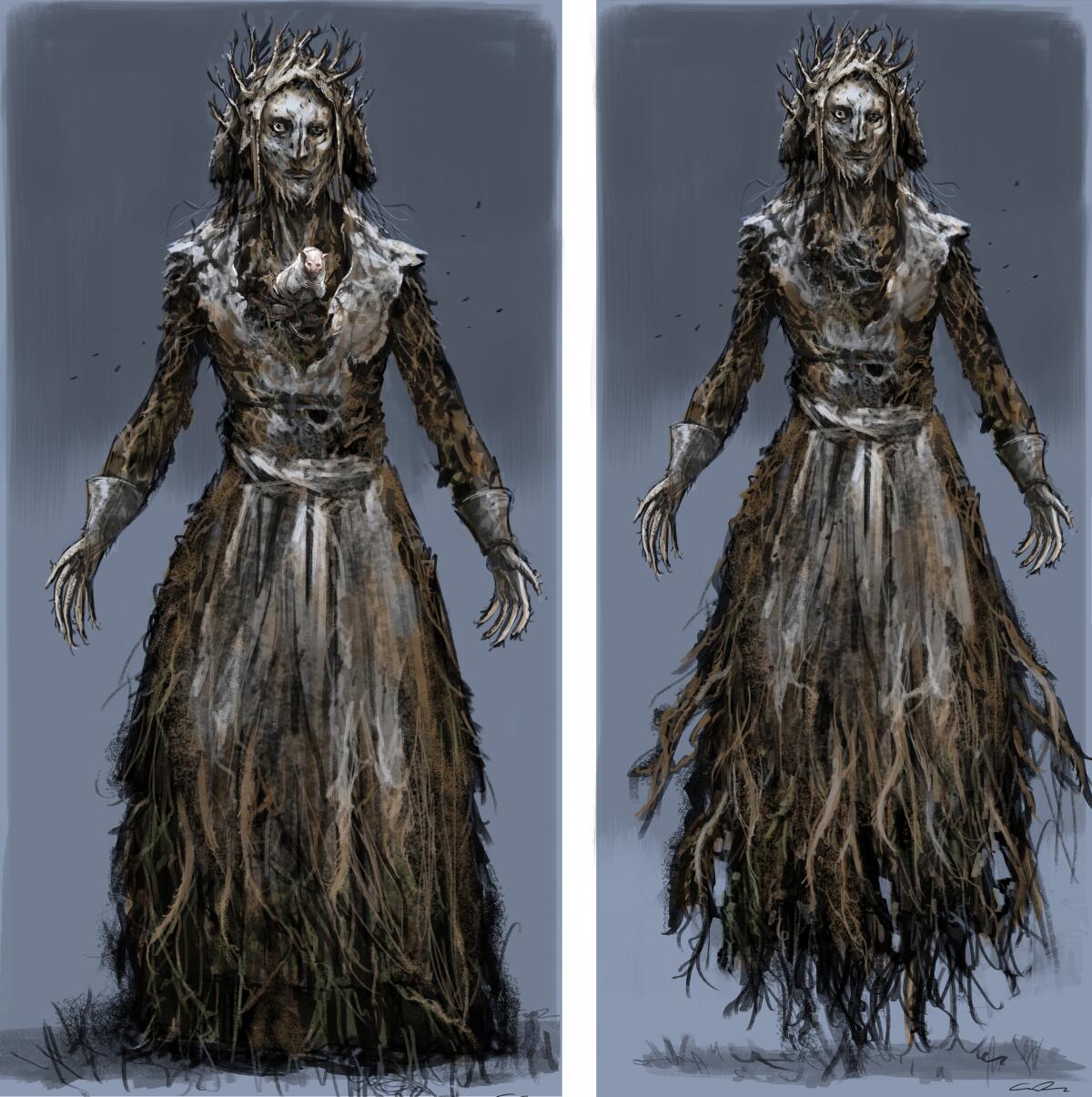
âWe did investigate using real twigs at first, then we went to faux twigs and decided to make our own, which were done with foam, and we wrapped gauze around and painted,â Sequeira says. âThe fabric was dyed and twisted like bark onto the actual bodice piece we created for the actress [Lize Johnston].â
Normally, Sequeira and his team pore over image banks, photos and paintings to compose a board for each character, capturing the mood early on and providing a reference tool he can share with other key creatives as well as his shop. Grintâs character mainly wears a faded green overcoat, tying him to the Forest of Lost Souls. His best friend, Frank (Ismael Cruz CĂłrdova), is a more grounded character, in tune with the world around him.
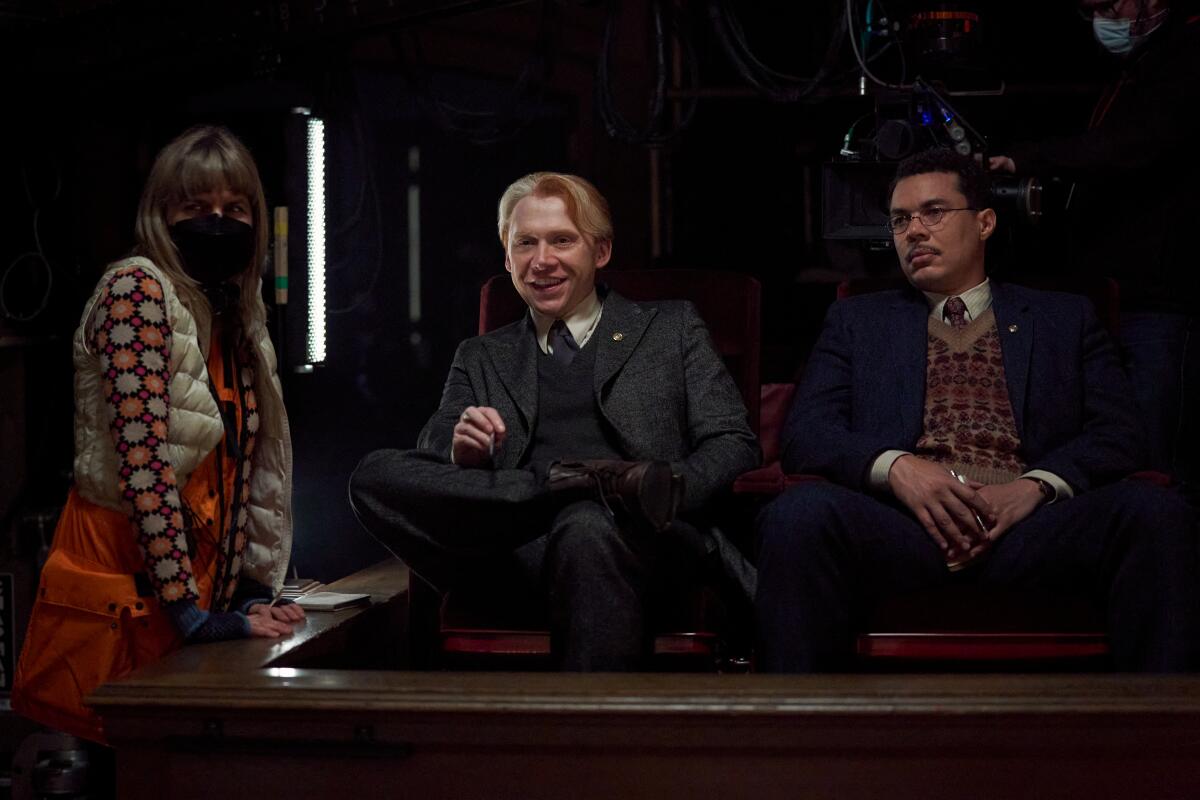
âHe had a levity to his clothing and a fashion sense of the time,â Sequeira says of CĂłrdovaâs costumes. âItâs easy to drop into those dark tones, but trying to bring the brighter notes into the costumes strikes me as unique.â
Although CĂłrdovaâs character dresses stylishly, his wardrobe is bland compared with those of the outrĂŠ types who lure Grint into an opium den, or the haunted artist whose embroidered multicolored robe Sequeira fashioned from an old rug.
Each episode comes with a new director and a different sensibility that has to be fused into the wider aesthetic of the series. âThe Viewing,â set in 1979, features predominantly amber lighting and costumes with limited patterning. And for âThe Murmuring,â set in 1951, the wardrobe team referenced vintage Kodachrome photos and heightened some of the colors.
âItâs all about collaboration, and every time you do that, by osmosis, youâre actually learning something. That collaboration works between the director, DP, myself and the production designer, but also my cutters and dyers and agers,â Sequeira notes. âGuillermo amasses these people that we work together with repeatedly. So the dialogue is very fluid and very open, and thatâs a wonderful thing. He allows each person to bring to the table their experience, their breadth, their effort with very little interference and quite often with absolute delight.â
At age 24, Sequeira was a fashion designer with his own store in Toronto when a friend suggested he try the film industry. From there, he worked his way up from production assistant in the early 1990s under designers such as Daniel Orlandi and Julie Weiss (Oscar nominee for âFridaâ and â12 Monkeysâ). Sequeira was nominated for an Oscar for his work on âNightmare Alleyâ; his credits also include Del Toroâs âThe Strainâ and his best picture winner âThe Shape of Water.â
âYour experiences teach you,â he says of his career. âEvery experience brings more experience. The minute you think youâve learned everything, youâre done.â
On the morning nominations were announced, he was so busy prepping the Max series âWelcome to Derryâ (a prequel to âItâ and âIt Chapter 2,â both of which he worked on) that he didnât even know heâd been honored.
âI had totally forgotten. I was on my way to a production meeting, and someone in my department spoke in a cryptic way, âIt seems like you got nominated.â And my assistant, we started looking to see if it was actually true,â he recalls with a wide smile. âIt was a wonderful surprise, and Iâm so thankful that the work is being recognized.â
More to Read
From the Oscars to the Emmys.
Get the Envelope newsletter for exclusive awards season coverage, behind-the-scenes stories from the Envelope podcast and columnist Glenn Whippâs must-read analysis.
You may occasionally receive promotional content from the Los Angeles Times.

